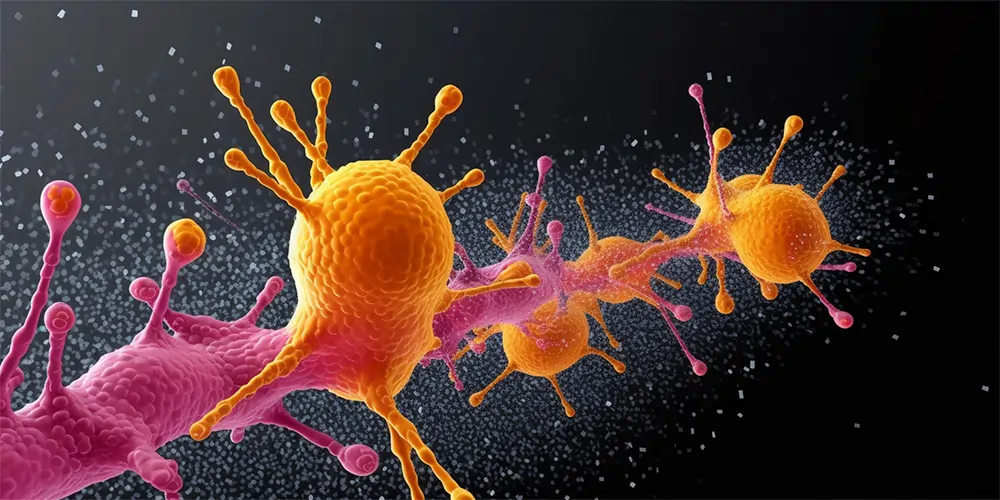AI Breaks Ground in Brain Signal Decoding
Researchers from the Swiss Federal Institute of Technology (EPFL) have made a monumental stride in neuroscience by developing a machine-learning algorithm, CEBRA.
This algorithm enables scientists to translate a mouse’s brain signals into visual representations, essentially seeing through the eyes of the animal.
By mapping brain signals and movie features from the brain data recorded at the Allen Institute in Seattle, the team successfully reassembled a film seen by a mouse.
However, Dr Nadia Rosenthal, scientific director and Professor at the Jackson Laboratory for Mammalian Genetics emphasises that this breakthrough owes a debt to a common procedure of genetic engineering known as optogenetics.
She states, “It allows you to follow when a nerve is firing or not. So you can actually watch the firing network of nerves in the brain.”
Adobe Firefly Meets Google Bard
In a separate sphere, the AI arms race continues to intensify.
Adobe’s Firefly, a generative art tool, is partnering with Google’s experimental chatbot, Bard.
Adobe asserts that its generated images are free from copyrighted materials, such as popular cartoon characters and branded content, making them potentially safe for commercial use.
This collaboration is expected to augment Bard’s image-generation capabilities significantly.
Firefly, trained on millions of Adobe’s own stock images, openly licensed, and public domain content, will become the “premier generative AI partner for Bard, powering and highlighting text-to-image capabilities.”
No information has been released regarding the timeline for Firefly’s integration into Bard, although updates are expected soon.
Streamlining Medical Documentation: AI Tool ‘DAX’
On the medical front, doctors spending an average of 2 hours per day on electronic documentation may find relief in the form of an AI tool dubbed ‘DAX‘.
Developed by Nuance, a Microsoft-owned artificial intelligence company, DAX is designed to streamline note-taking, allowing doctors to focus more on their patients.
Dr Anthony Mazzarelli, CEO of Cooper University Health Care, reported significant time reductions with DAX.
“For our physicians who use DAX more than half the time, they have seen a 43% reduction of the time they spend writing notes and an overall 21% reduction in the amount of time they spend in the electronic medical record,” he said.
Peter Durlach, Chief Strategy Officer of Nuance, likens DAX to a “co-pilot” for physicians.
“DAX lets clinicians fully focus on caring for patients instead of manually filling in data entry screens,” he explained.
As Durlach affirms, the application of AI to administrative tasks such as note-taking, coding, and billing can significantly reduce manual labour and minimise mistakes that don’t impact patient health.
While these advances in AI technology are indeed remarkable, they also raise questions about ethics, safety, and trustworthiness. However, as these technologies continue to evolve, their potential to revolutionise various fields, from neuroscience to art and medicine, remains undeniable.




